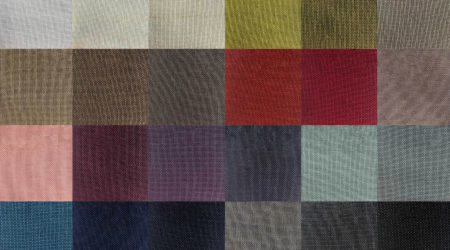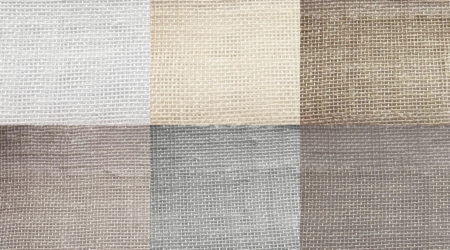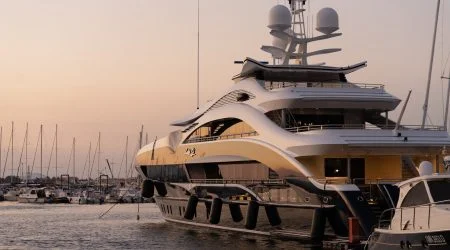New Mirage Voile IFR Range Available
Discover our brand new range of Mirage Voile IFR, made from 100% polyester and Inherently Flame Retardant.
Read MoreSpecialising in the production of theatre and stage drapes for over 30 years
Backdrops are used to set the scene and bring the action on stage to life. This post will help you choose the best stage backdrop fabric for your production.
There is a lot to consider when deciding what fabric is best for your stage backdrop as the material used can have a big impact on the look and feel of the backdrop curtain.
Not only that, but different materials have different properties when it comes to lighting and sound, so this also needs to be taken into account.
Below, we look more closely at what a stage backdrop is, why they are used and the different backdrop materials available and their properties.
A stage backdrop is the large piece of fabric that hangs at the back of the stage or set, preventing the audience from being able to see behind the scenes.
The backdrop is also used to bring the stage to life, helping to set the scene for the production – some are plain while others are patterned, printed or painted.
For example, a production of the Lion King might use a backdrop that is painted with a Savannah landscape while a Christmas Nativity might use a backdrop printed with the inside of a stable.
Backdrops are usually made from flame retardant materials and are sewn without fullness which means it is not pleated or tied.
Backdrops are not just limited to the curtain at the back of the stage – cycloramas are large curtains that are often rounded and sit at the back or sides of the stage.
They are used to create the illusion of sky, open space or large distance at the back of the stage setting. You can use backdrop materials to create cycloramas.
As mentioned above, stage backdrops are used to prevent the audience from seeing backstage and to help set the scene for the production/performance/etc.
As well as being painted or printed, backdrop curtains can also be combined with special lighting effects – this includes projecting videos and moving images on to the curtain.
Backdrops can also be used to ramp up the action and create excitement among the audience – they can suddenly drop into place to hide objects on stage or drop to the floor to reveal something.
Standard stage backdrops are made from muslin, canvas or cotton. These materials are robust and reliable and provide even light distribution.
Our muslin cotton comes in two colours – white and black – and is the prefect material for creating scenery paintings and prints for cycloramas and backdrops.
Of course, if you are looking to create a traditional stage environment then there is no better option than black muslin cotton.
If you are going to paint your backdrop fabric then consider using a thicker muslin or canvas base material so that it can hold the paint.
If you intend to print onto your backdrop material, consider using polyester or PVC materials. Unlike cotton, polyester is wrinkle resistant so you can be sure of a clear and crisp printed image.
To determine which backdrop fabric is best for your production, you first need to decide whether you will simply hang the fabric or whether you will paint or print onto it.
Also think about whether you will project light, images or videos on to the backdrop as again this will impact the material and colour you need.

Discover our brand new range of Mirage Voile IFR, made from 100% polyester and Inherently Flame Retardant.
Read More
Discover our brand new range of Eco Voile IFR, made from 100% recycled polyester and Inherently Flame Retardant.
Read More
We now have IMO (International Maritime Organisation) Certification for the following qualities…
Read More